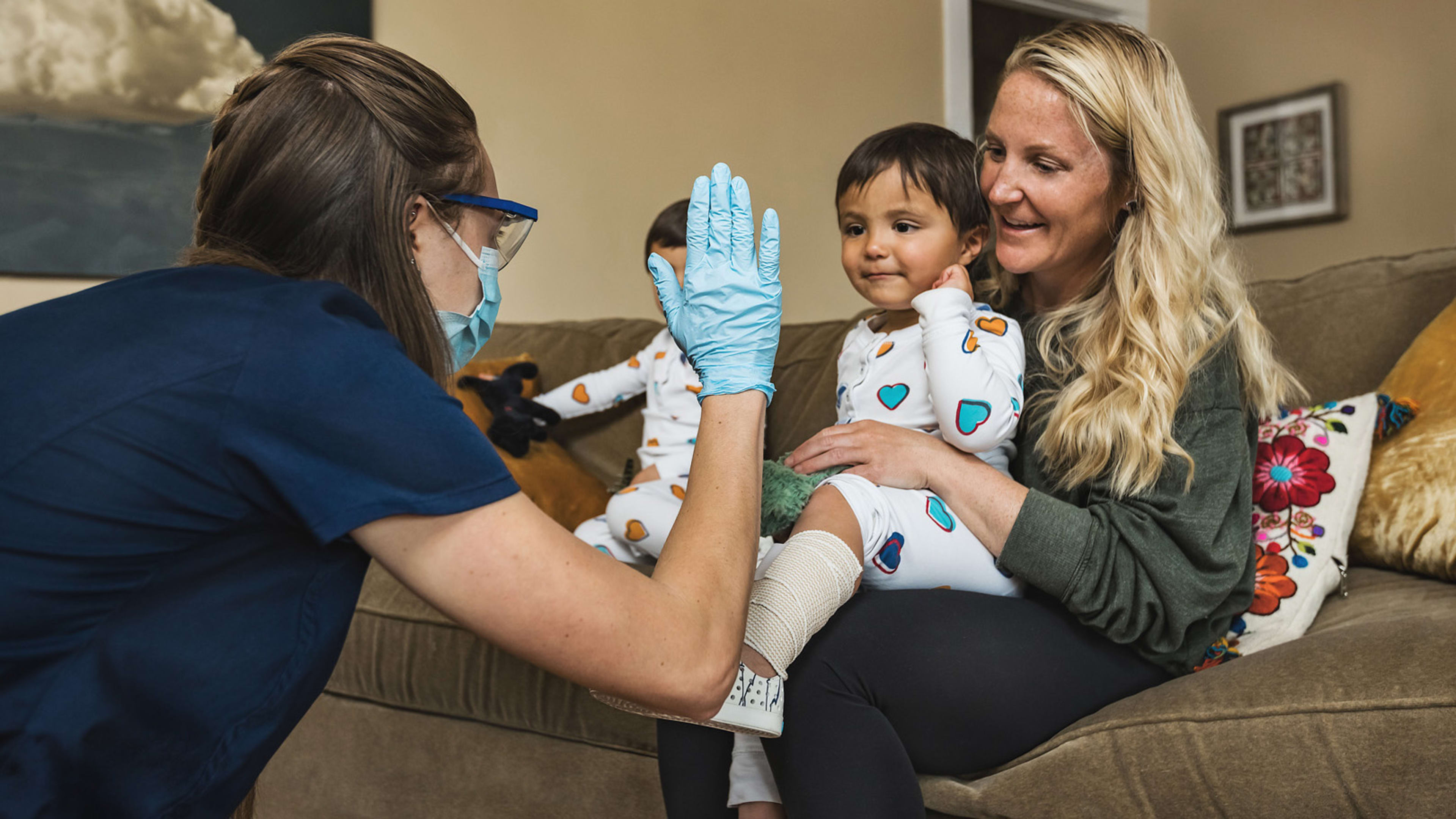Doctor Bruce Leff is a hospital skeptic. A practicing geriatrician who’s been on the faculty at the Johns Hopkins University School of Medicine for 25 years, Leff argues that hospitals don’t have their priorities straight.
“A lot of hospitals have what I would call an edifice complex,” Leff says. “All they want to do is build buildings.”
Few would argue that hospitals aren’t important—see: the coronavirus pandemic—and Leff is not among them. But his concern with hospitals, and the hospital business, is that all those hospital buildings end up adding to the total cost of providing healthcare. “A lot of the money that rolls into hospitals goes to cover the fixed costs of maintaining those buildings,” he says.
Shifting the finances back toward the patient has been Leff’s goal since the 1990s, when he began pushing for hospitals in the United States to consider a concept known as “hospital at home.” Common in Australia and pretty much what it sounds like, hospital at home enables some healthcare services to be provided to patients directly in their homes, freeing up hospital beds for more serious conditions and bringing down the overall cost of care. “You’re not using the dollar to pay rent. You’re not using the dollar to finance the hospital bonds that went into buying the building,” Leff says. “You’re actually using the dollar to provide patient care.”
That approach is becoming increasingly appealing to healthcare systems. An estimated $3.6 trillion is spent annually on healthcare in the U.S., and more than $1 trillion of that goes to cover hospital care. Seeing room to bring that cost down and reap the profits, several hospital-at-home startups are now bringing this model to markets and patients across the country. They could revolutionize how hospitals provide care, and where.
Twelve years ago, Raphael Rakowski was preparing to take a seat on the board of an academic medical center when his elderly father became ill and needed to be hospitalized. He ended up at the very medical center Rakowski was about to join. Sitting in his father’s hospital room, Rakowski, an entrepreneur with more than two decades of experience in healthcare, began a diary tracking the medical care being provided and the hospital’s workings—a kind of user’s perspective of the hospital he was going to help advise.
Then something happened. A mistake was made—a medical error—and Rakowski’s father died. The sudden shock led Rakowski to look more deeply at the hospital and how it worked. One of his discoveries was that 68% of the cost of delivering care there went to brick-and-mortar overhead. “That led me immediately to the conclusion that 32% of the cost of care is inadequate to care for someone in an acute episode,” he says. “I became obsessed with this idea of a bricks-and-mortar tax on services.”
He set out to get rid of that tax and learned about emerging hospital-at-home efforts being attempted by people such as Bruce Leff. Rakowski says he and a business partner, Rami Karjian, stayed up for two days drinking Diet Coke and making a list of all the problems they’d have to solve for hospital-at-home to work. They came up with 188. “Regulatory, structural, operational, clinical, legal, financial. There was no shortage of things that got in the way,” he says. Gradually, though, he says they figured out how to address many of these barriers and launched a company now known as Medically Home, based in Boston, which uses technology to bring doctors, nurses, and medical equipment to patients’ homes, both physically and virtually.
All he had to do was get hospitals on board. “I started going on a marched mission to convince hospitals to take patients out of their own hospitals, to care for them at home,” he says. “And of course they’re in the business of putting heads on beds and not in the business of discharging patients, so it was a very, very lonely, expensive, and time-consuming effort to get thrown out of some very famous health systems.”
But as technology improved, two-way video calls, remote monitoring of patient vital signs, and easily portable medical equipment such as electrocardiogram machines made it possible to provide more care more reliably in peoples’ homes. Patients who’d otherwise be admitted to the hospital for pneumonia or low blood flow related to congestive heart conditions or an infected wound can now be treated directly in their homes.
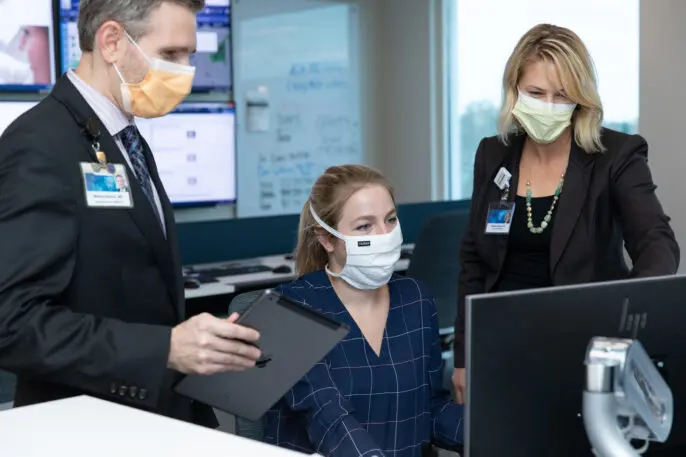
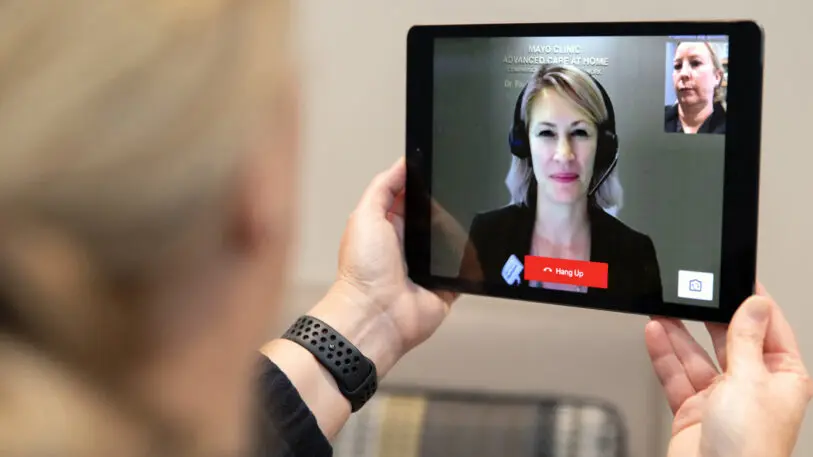
These virtual visits from doctors can become surprisingly intimate, says Dr. Pippa Shulman, Medically Home’s chief medical officer. “On the video I can notice something in the background, the picture on the wall or something on the desk, or the dog or the cat comes and hops on their lap, you can see who lives there with them,” she says. Patients end up treating the doctor more like a guest in their home than a healthcare worker coming to deliver bad news, she says. “I got into medicine because of the human connection. And I think being in someone’s home, whether it’s virtual or in real life, that allows me to very quickly make that human connection, and that leads to healing, rather than me coming at them with a medical approach right away.”
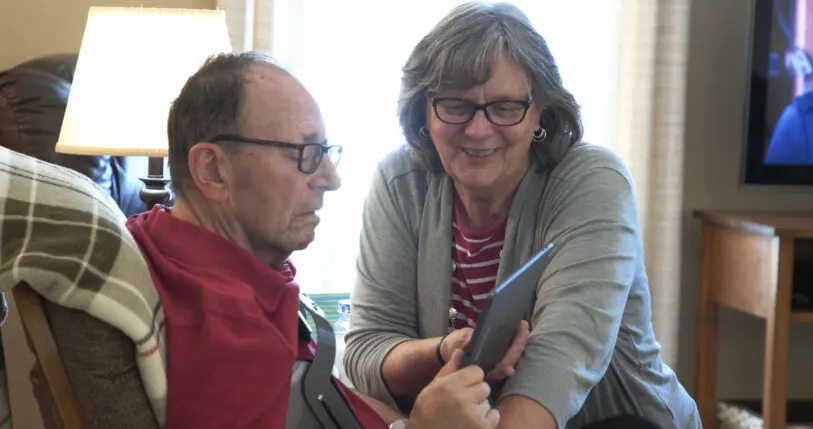
That’s the basis of another hospital-at-home startup, DispatchHealth. Based in Denver, the company operates hundreds of paramedic-style vehicles with on-call remote medical professionals ready to provide both emergency and ongoing care to patients in cities such as Seattle, Phoenix, Las Vegas, and smaller markets like Springfield, Massachusetts, and Spokane, Washington. In partnership with local hospitals and health systems, the vehicles can arrive at a patient’s home within an hour, carrying a suitcase-sized “moderate complexity lab” capable of running blood tests, administering fluids or medication through an IV, treating shortness of breath, arranging for x-rays, ultrasounds, and EKGs—”basically everything in the ER, short of a CAT scanner, an MRI, and certain higher-level procedures,” says Dr. Mark Prather, the company’s founder and CEO.
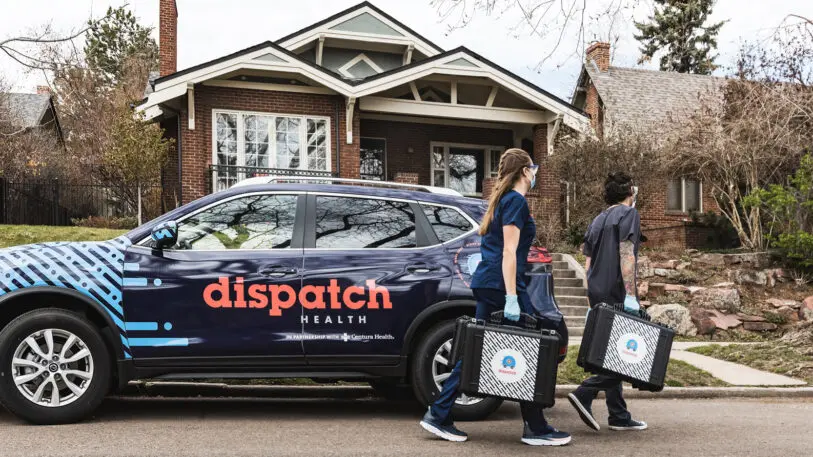
Prather would know. As an emergency room doctor with more than 25 years of experience, he’s seen the gamut of what comes into a hospital’s emergency department. Though the variety is wide, most of what ERs deal with are fairly standard afflictions, from pneumonia to congestive heart failure to breathing problems associated with asthma or chronic obstructive pulmonary disease—conditions the moderate complexity lab can easily treat in patient homes. “For 60% of what walks into an emergency room, this is actually perfectly appropriate,” he says.
There are significant potential savings in treating patients at home. Prather says the average ER visit costs between $1,000 and $2,000. “A little bit of that is the physician’s fee, and a lot of it is what we call the facility fee, or what the hospital charges. So if we could do this care for a couple hundred dollars, which is essentially what we charge, we could save five to six times on every single case,” he says.
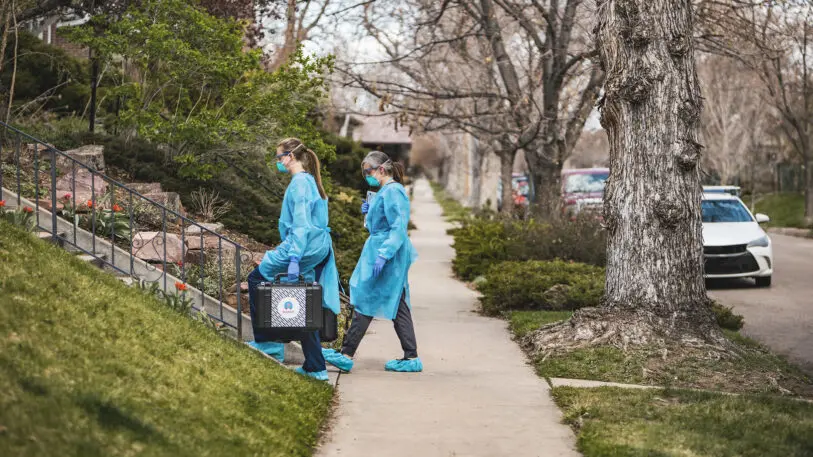
But the hospital at home model still has one main hurdle: reimbursement from Medicare and Medicaid. As of 2017, 58 million people in the U.S. are enrolled in Medicare and Medicaid, but those systems don’t currently have any way to fully reimburse healthcare systems for services provided in patient homes. Patients in the Medicare Advantage program and those covered by private insurance can often qualify for their hospital at home care to be reimbursed, but that still leaves a large chunk of the market—older Americans—out of luck.
“You have 65% to 70% of Medicare-eligible patients not able to access the hospital at home program, and those are typically the ones that could benefit most from this model,” says Travis Messina, cofounder and CEO of Contessa Health.
Based in Nashville, Contessa forms joint venture partnerships with healthcare systems and provides the technology and infrastructure to run hospital at home programs. It’s now working with six healthcare providers in Wisconsin, New York, Pennsylvania, South Carolina, Tennessee, and Arizona. Messina says the company is in active dialogue with another 20 health systems and could see the size of the business triple over the next year. “Unfortunately COVID was a pretty significant accelerator for our business,” he says. “Obviously you never want something like that to cause a tremendous growth spike, but it was helpful in that it created a great deal of awareness for the hospital at home model.”
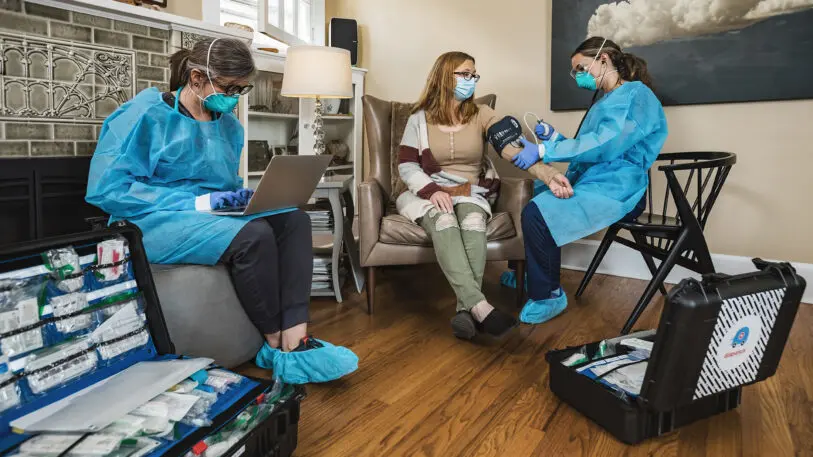
But that doesn’t mean he’s worried about the market becoming oversaturated with competitors. “There’s [about] 5,000 hospitals in America. There’s probably somewhere in the ballpark of 25 to 50 [hospital at home] programs. So there’s a significant amount of penetration that can still take place,” he says.
The lack of reimbursement from Medicare and Medicaid is holding that back for now, but Rakowski of Medically Home says it’s only a matter of a few years before that could change. Of his original list of 188 barriers holding back hospital at home, that’s one of the last two remaining to be solved. (The other is to shift away from the fee-for-service model, a much larger systemic question.) He says hospitals are just waiting for the policy to change. “There isn’t anyone that’s not thinking about this right now,” Rakowski says.
For Leff, who’s been working to spread the hospital at home model for more than 25 years, nothing’s likely to change overnight. The momentum is growing with early adopter hospitals, but he says there are also a lot of “laggard hospitals” that don’t want to change how they operate. “They just want to keep things exactly the way they are and run their current business model,” says Leff, who’s an adviser to Medically Home and DispatchHealth. “I think there are a lot [of hospitals] in the middle who will start to move care in this direction. Even before COVID, there were hints that things were shifting.”
And the pandemic may be accelerating those shifts. During the peak of the outbreak, the Centers for Medicare & Medicaid Services issued a “hospitals without walls” waiver, allowing health systems to be reimbursed for services provided in unconventional, nonhospital settings such as hotels, dormitories, and convention centers. That proves the system can change. All it needs to do is catch up to the ways hospital care has already been transformed.
Recognize your brand’s excellence by applying to this year’s Brands That Matter Awards before the early-rate deadline, May 3.
